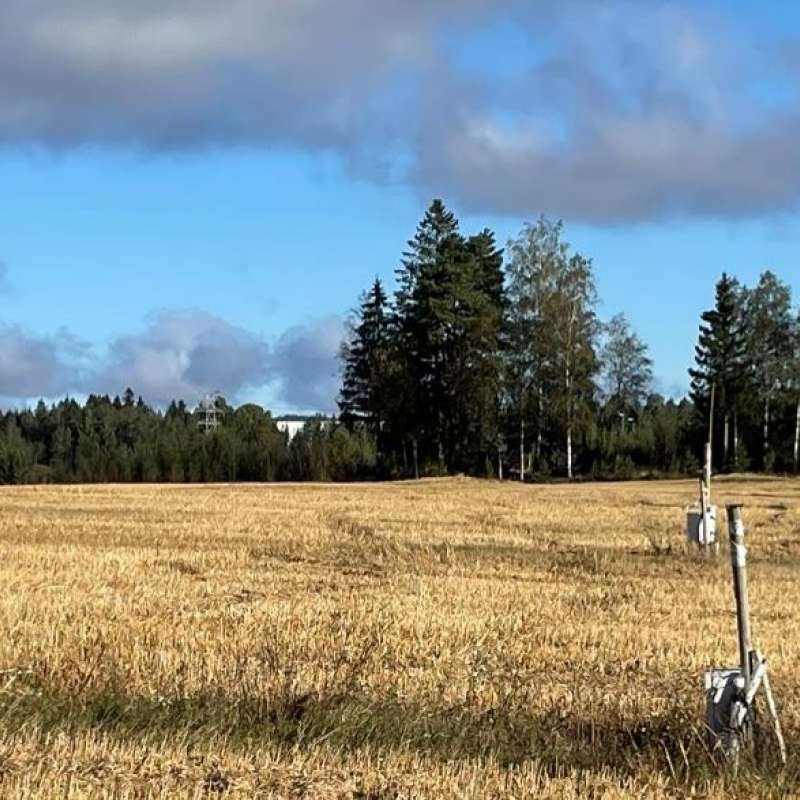Lillian Øygarden
Head of Research
(+47) 916 84 113
lillian.oygarden@nibio.no
Place
Ås O43
Visiting address
Oluf Thesens vei 43, 1433 Ås
Attachments
CV-Oygarden short May2021Biography
Short overview working experience:
- Research and monitoring of agriculture and environmental effects
- Soil erosion and hydrology in agricultural catchments, effect of measures
- Production systems- agronomic methods for increased food production
- Soil and water conservation
- Measures to reduce greenhouse gas emissions
- Climate change and adaptation measures
- Contact NIBIO Climate Forum
Abstract
No abstract has been registered
Abstract
No abstract has been registered
Authors
Lillian ØygardenAbstract
No abstract has been registered

